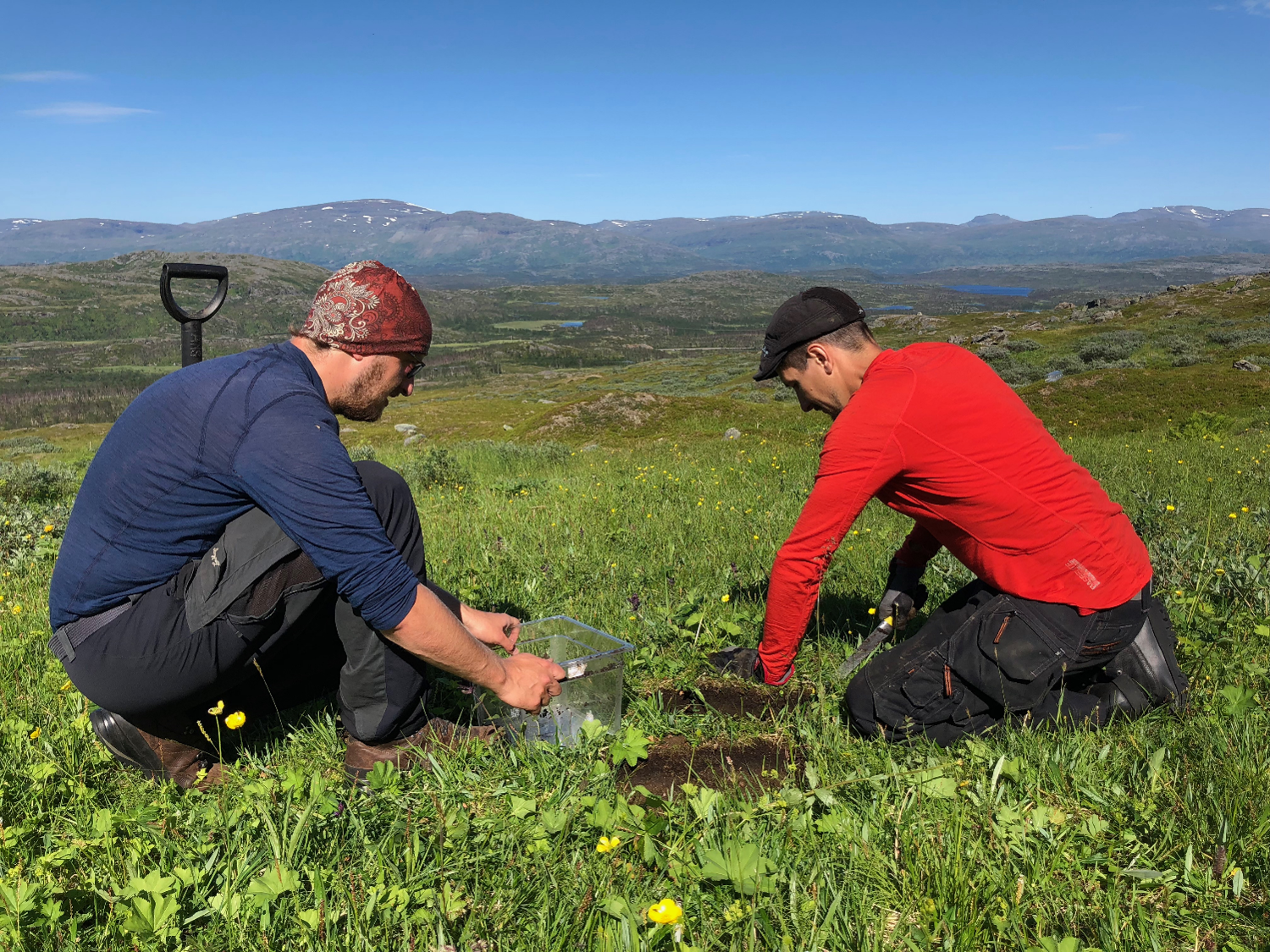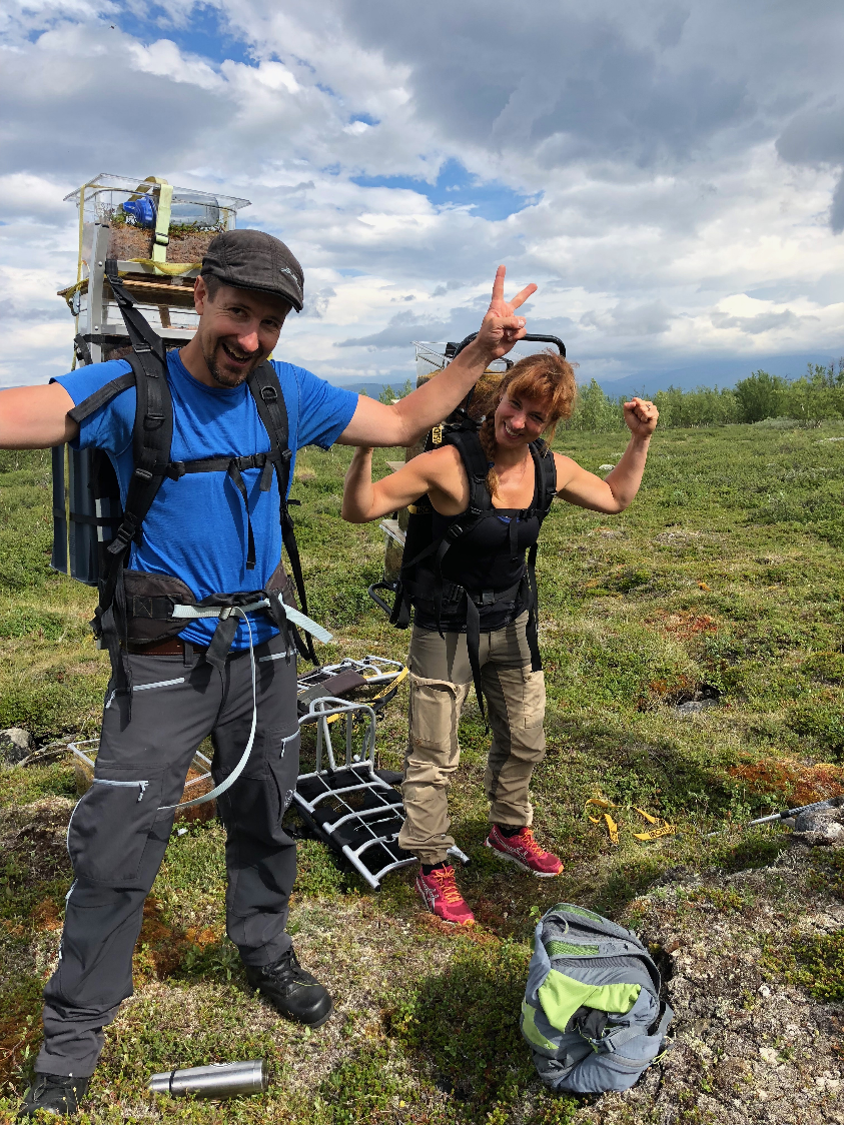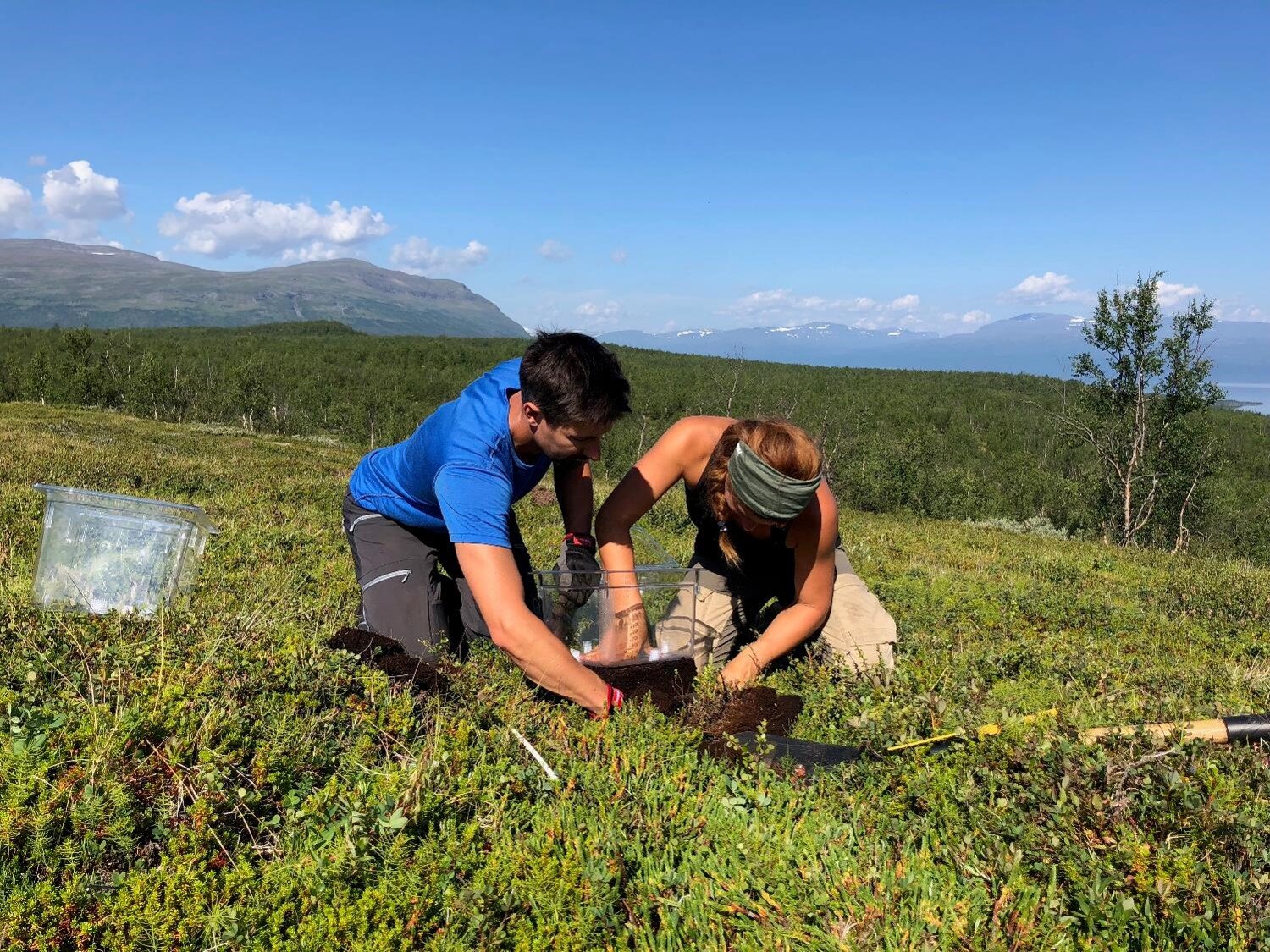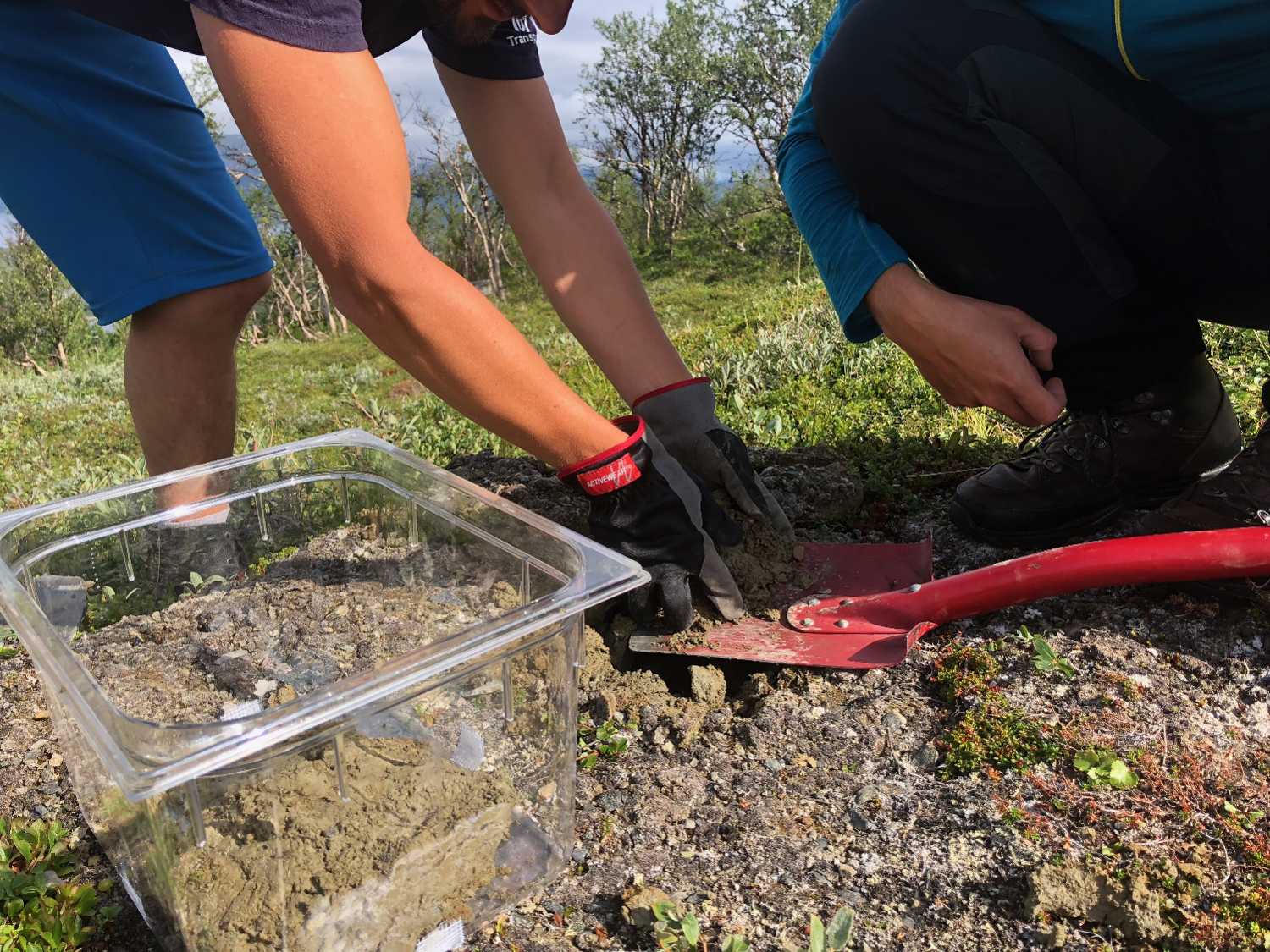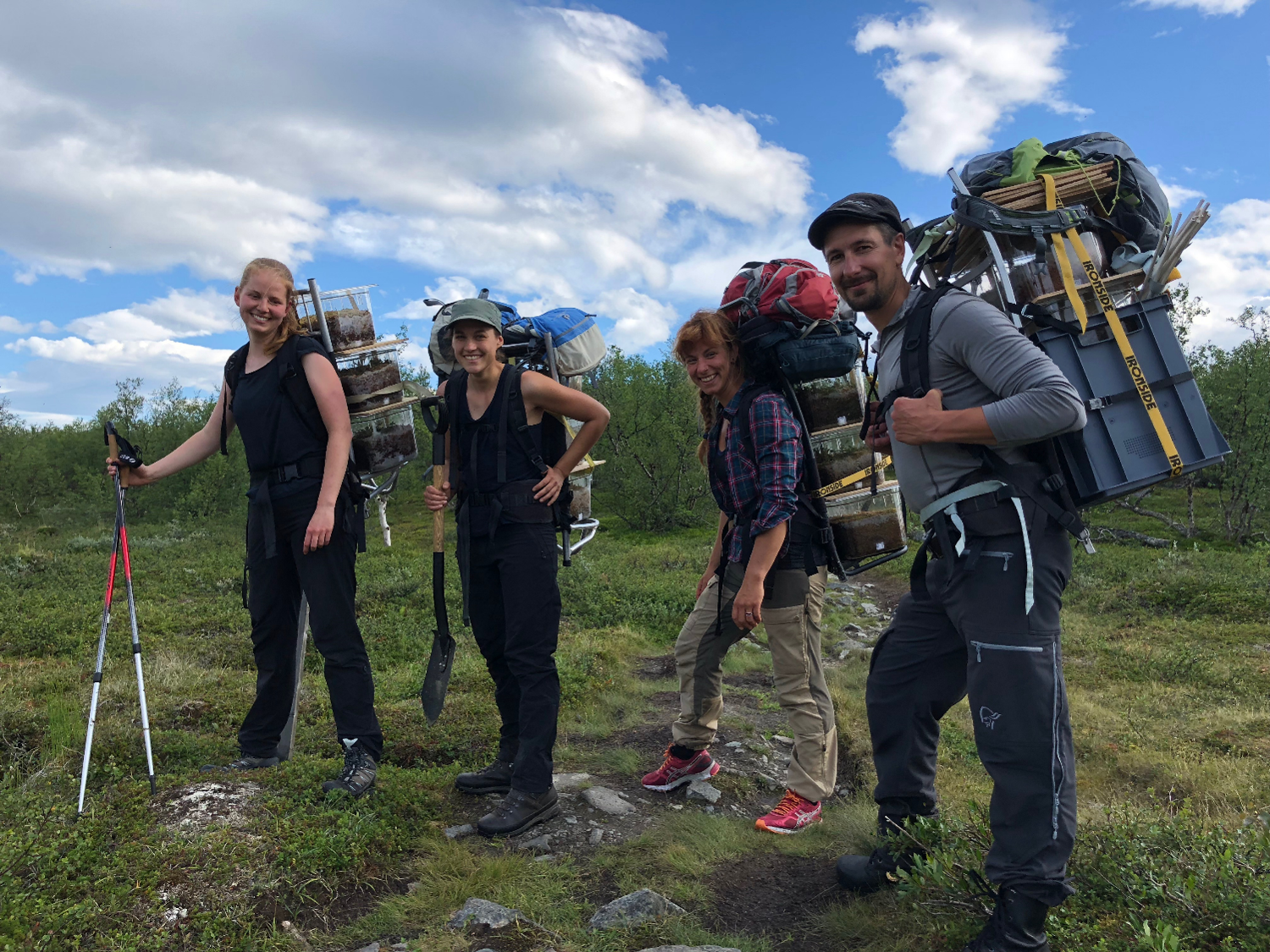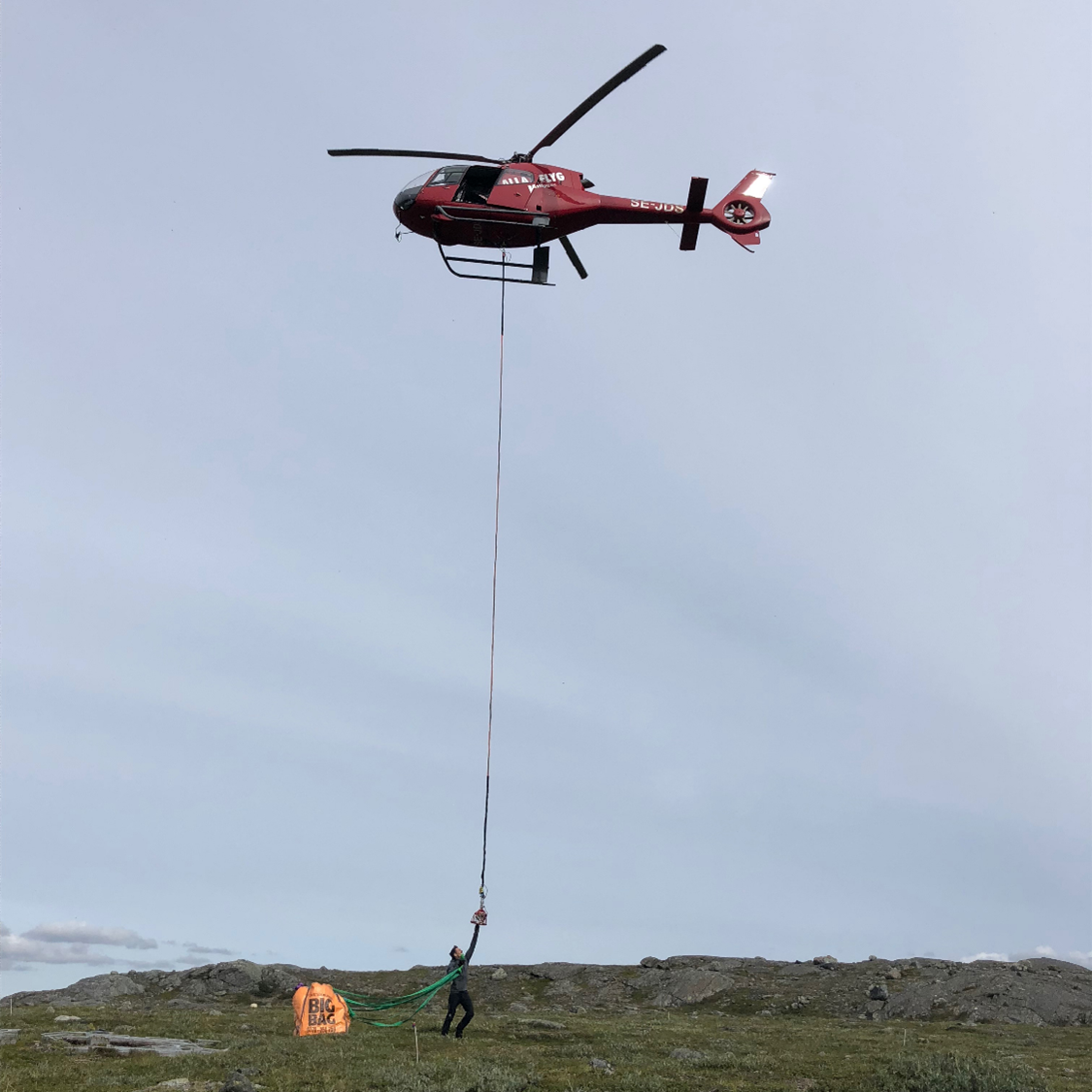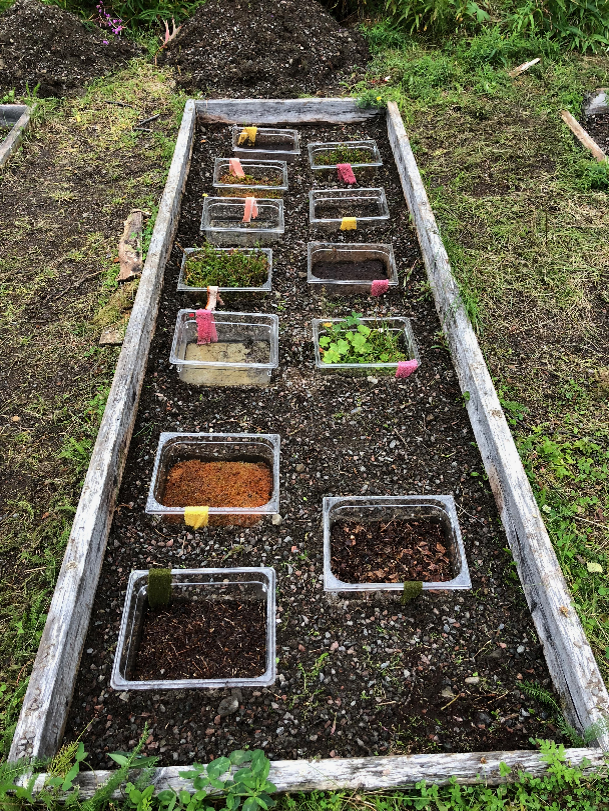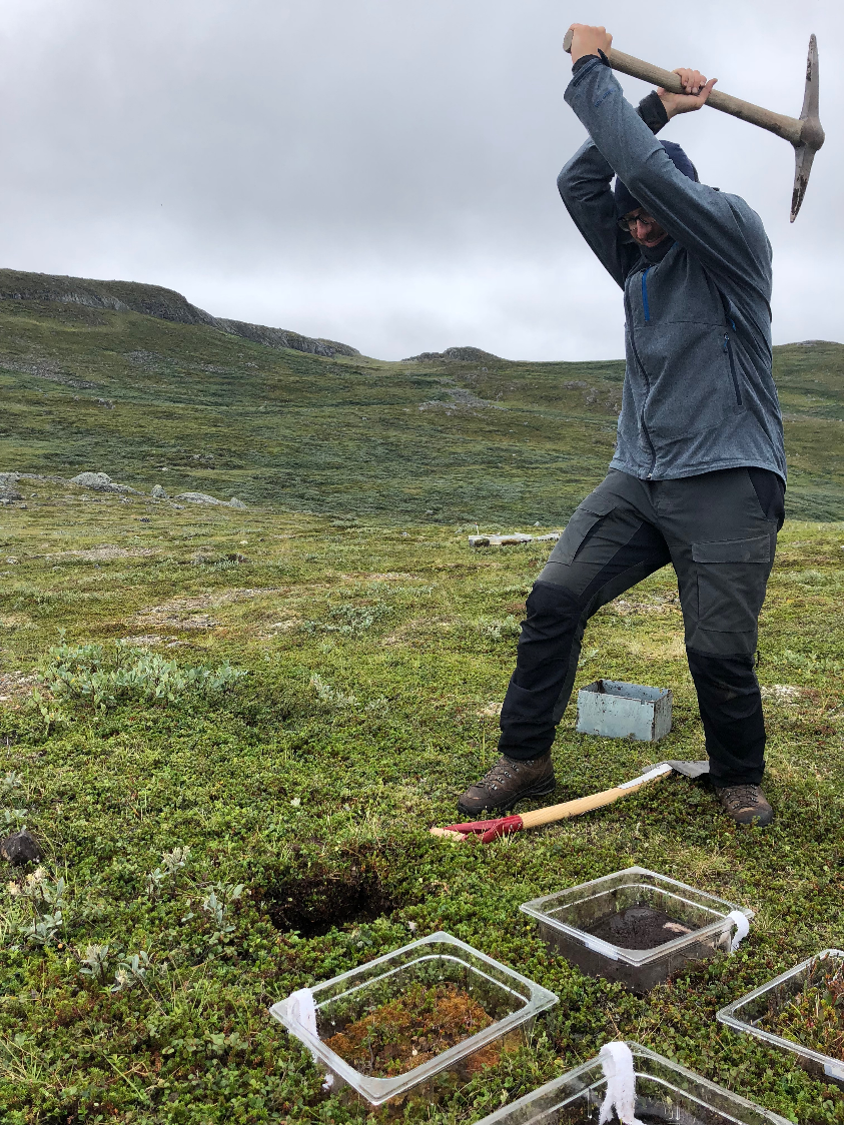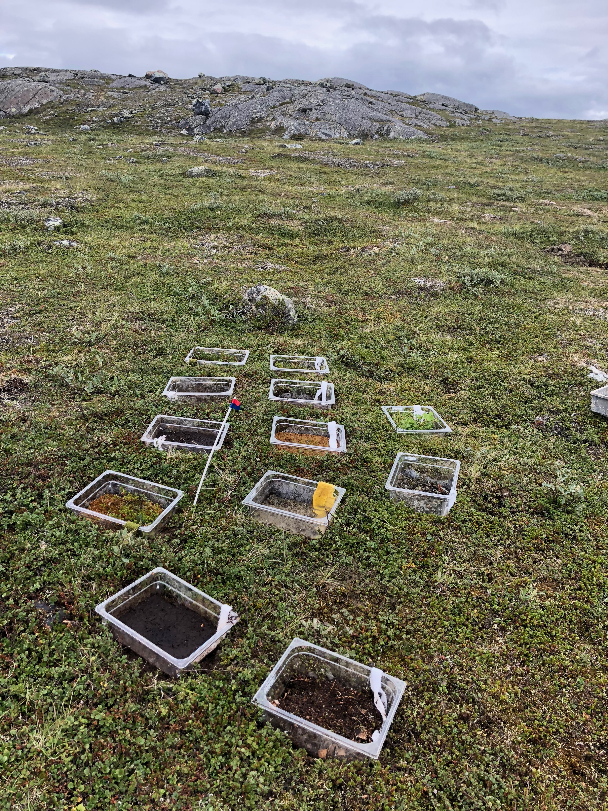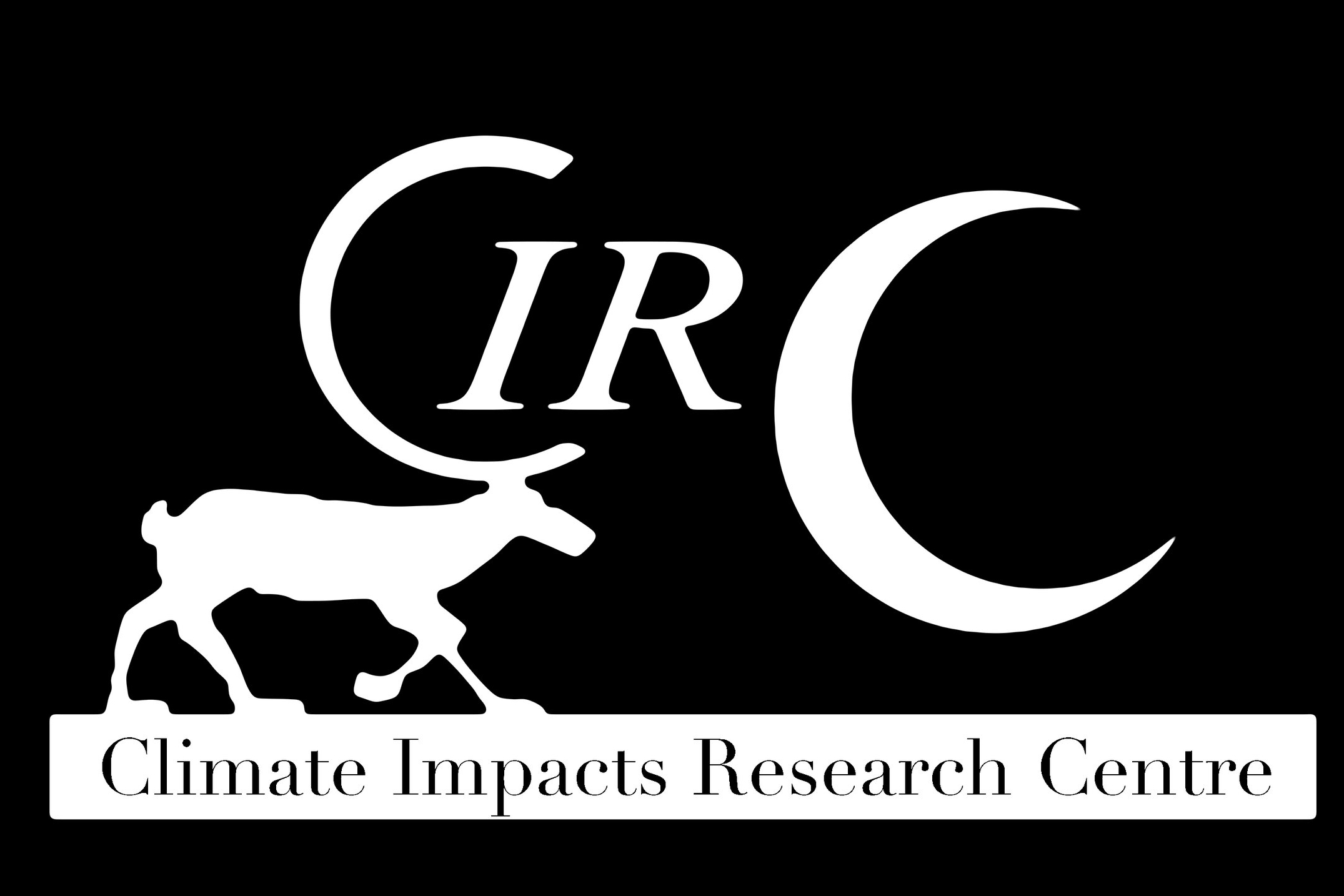Living soils in the future arctic: Impacts of decomposer interactions on carbon emissions from a micro- to landscape scale
Project Summary
A square meter of arctic tundra soil can contain over a million soil animals and uncountable numbers of bacteria and fungal hyphae. These soil organisms are omnipresent, are tremendously diverse and are known to play a major role in carbon turnover by constantly ingesting, excreting and respiring part of this carbon by feeding on dead organic material. Still, soil organisms are not taken into account when predicting to what extent arctic carbon emissions increase under climate change.
The arctic region not only provides us with beautiful sceneries that sustain reindeer husbandry and harbour unique biodiversity; it provides one of its most important services by storing about twice the amount of carbon that is currently in the atmosphere in its soils. Climate warming will most likely stimulate the release of a large part of the carbon from these soils, which may reinforce climate warming. One of the processes responsible for this is the breakdown of dead organic material by soil organisms. Soil organisms ingest organic carbon during their feeding activities and respire it again as carbon dioxide. Within the soil organism community, fungi and bacteria are responsible for the breakdown of the smallest particles of organic material and most of the respired carbon dioxide, whereas soil animals fragmentize larger organic material into smaller particles, but simultaneously feed on the bacteria and fungi; thereby affecting microbes both positively and negatively. The net outcome of these interactions will eventually determine the efficiency of the breakdown process and consequently the release of carbon from soils.
A major difficulty in predicting the magnitude of carbon release from Arctic soils under climate warming is that, although the direct effects of temperature on biochemical processes are fairly well studied, its effects on soil organism communities and how they interact with each other are still largely unknown. The aim of this project is, therefore, to explore how climate warming and (altered) interactions between soil animals and microbes affect carbon cycling in subarctic tundra soils, and to use this understanding to predict carbon release from a subarctic landscape under climate warming. I will study the impact of climate warming on soil animal and microbial community composition and carbon release from different arctic tundra soils using natural temperature changes with altitude as a space-for-time substitute for climate warming. Furthermore, I will assess the impact of soil animal activity on microbial diversity and carbon release from different types of tundra soils by manipulating soil animal density in a laboratory study. To translate my findings to a landscape scale, I will test the importance of soil organisms for carbon emissions using a large-scale field sampling campaign. My project underpins the importance of opening the black box that soils up to date still are: Not only for my fellow scientists to acknowledge this in their research and carbon cycle models, but also to encourage informed management and preservation of arctic tundra ecosystems to maintain the globally important C-storage in their soils.
Principal Investigator
Eveline Krabb, SLU
COLLABORATORS
Björn Lindahl, SLU Uppsala
Sylvain Monteux, SLU Uppsala
Funding
Formas 2017-01182
Project Photos
